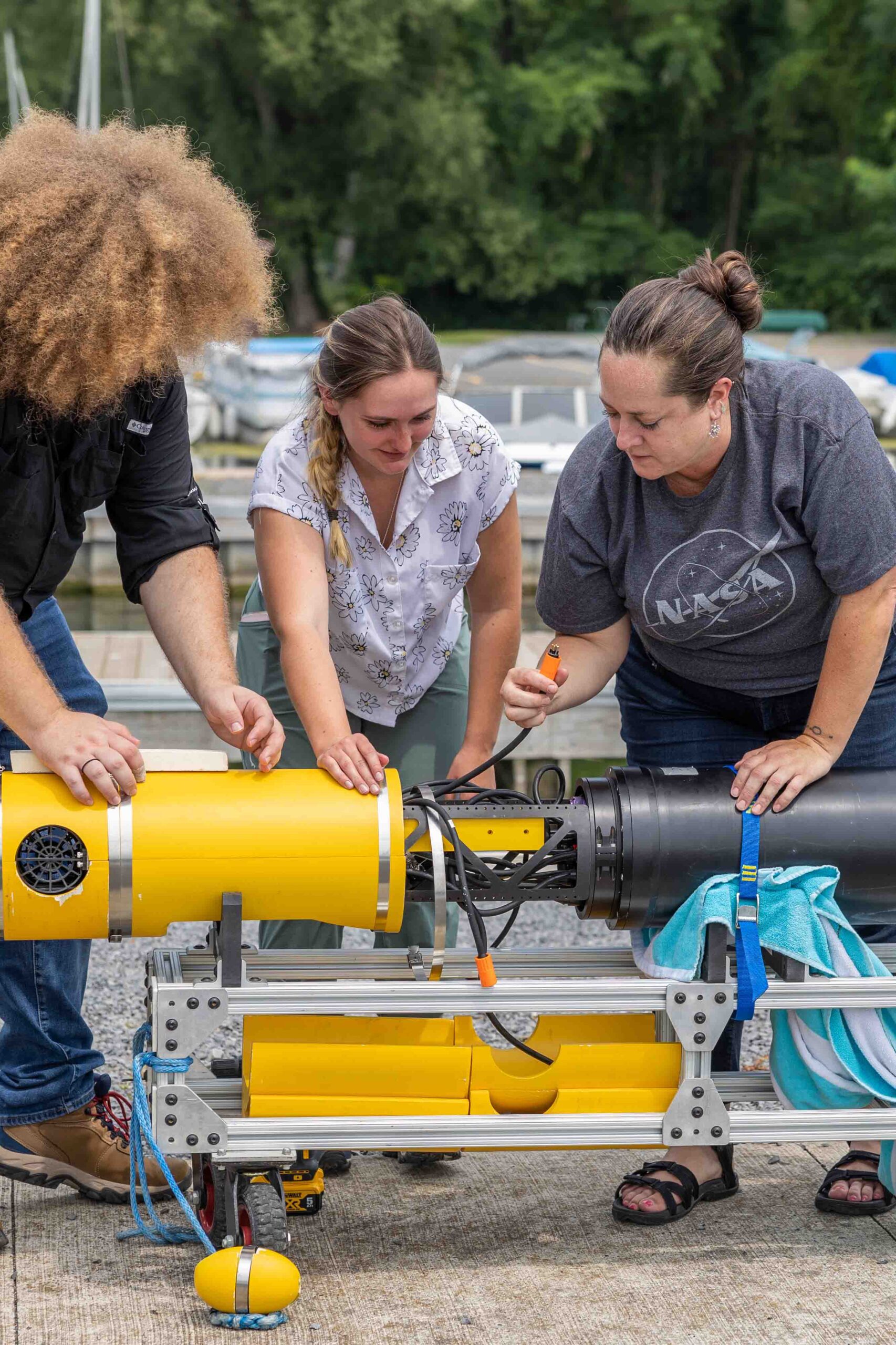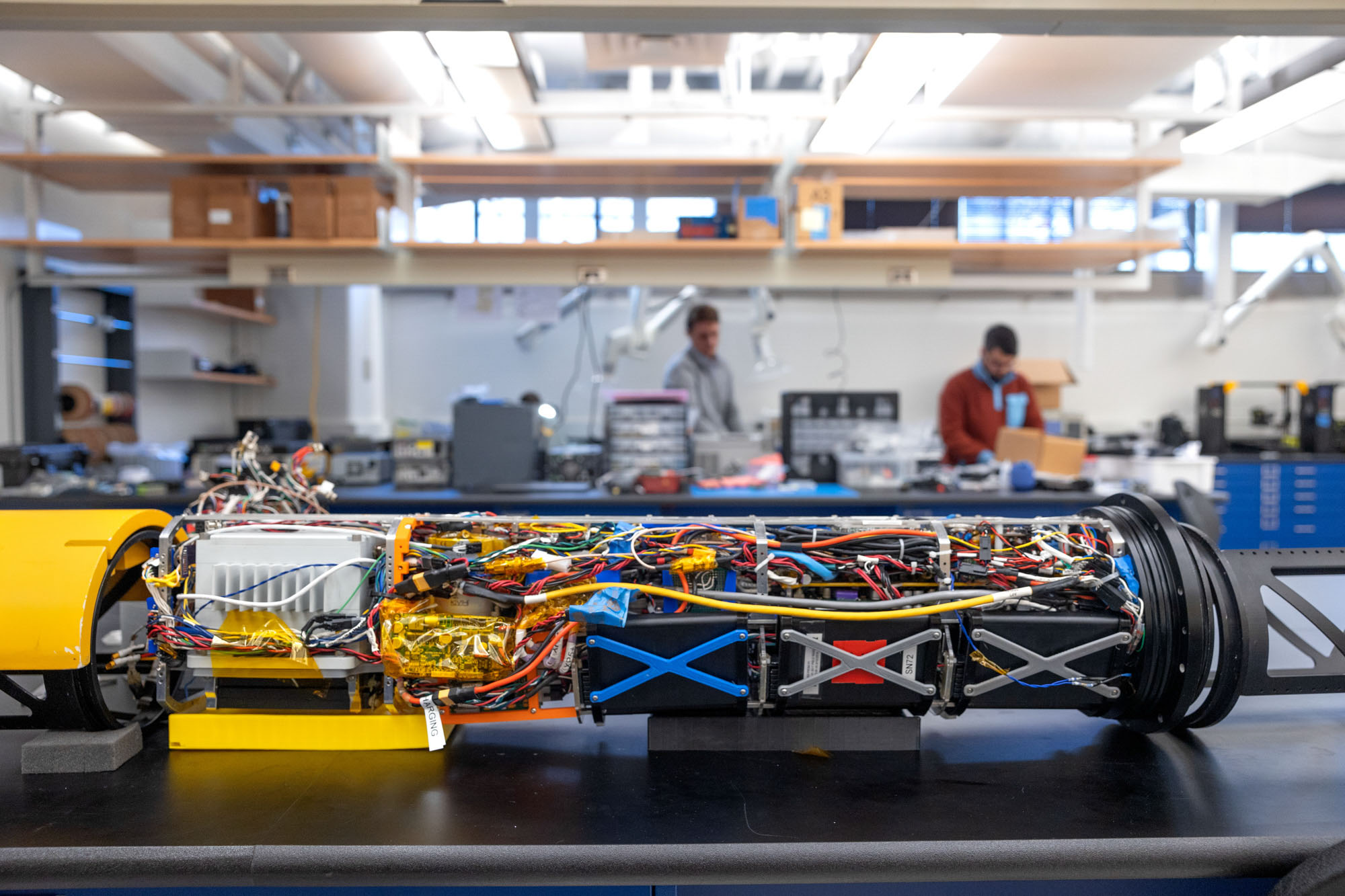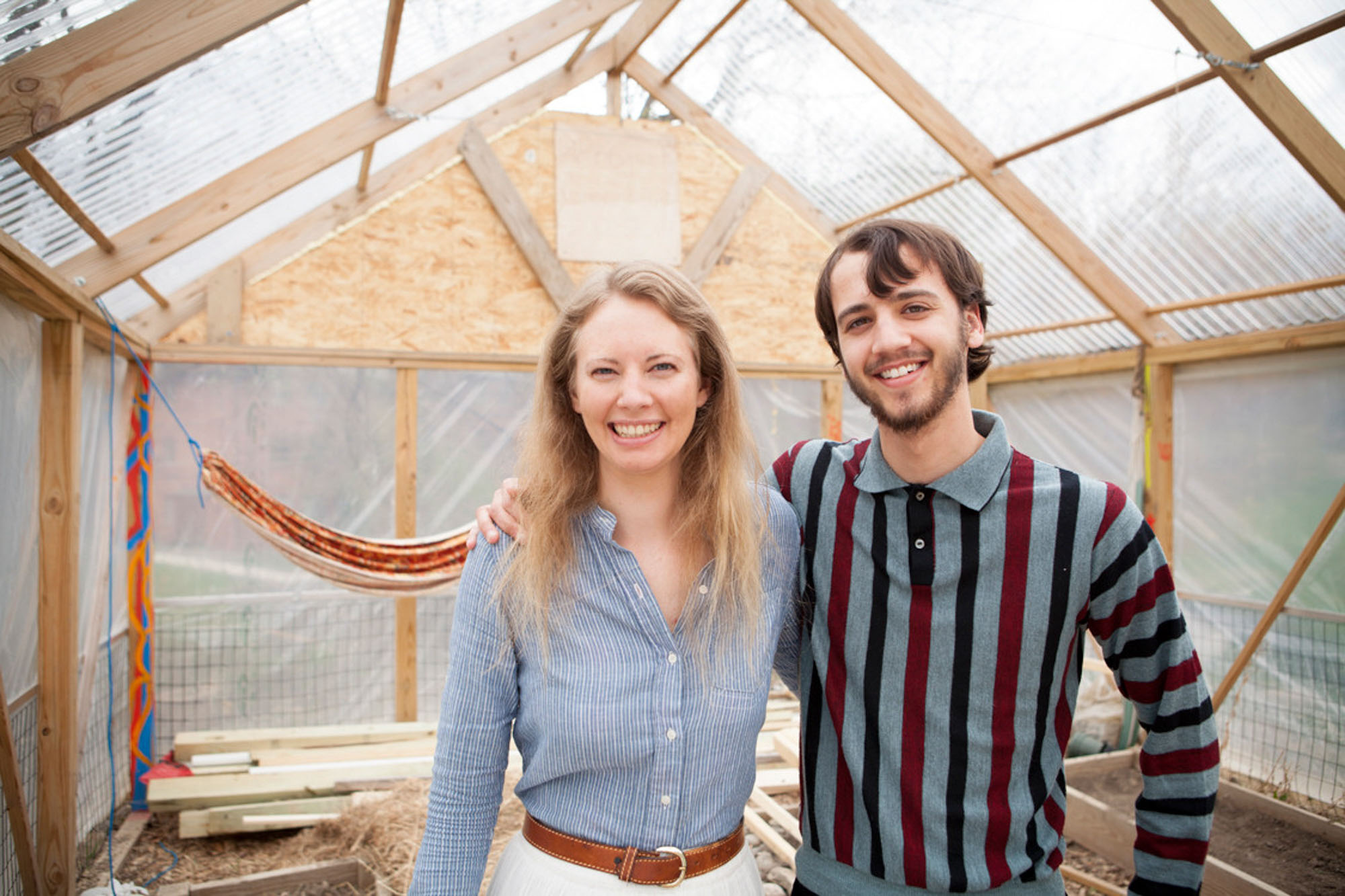Students in Atmospheric Sciences study the behavior of weather and climate while gaining experience in the analysis, interpretation and forecasting of meteorological events.

Program Highlights
-
Ivy League Education for the price of a SUNY Program
Because Cornell’s College of Agriculture and Life Sciences is affiliated with the State University of New York (SUNY) system, we offer an Ivy League degree at a tuition that is comparable to other SUNY meteorology programs.
-
Small Class Sizes Allow for Stronger Mentorship
The program features small classes and a high ratio of faculty to students, yet its location within Cornell allows students to choose from a rich variety of elective courses and extracurricular activities.
-
Beautiful Location
In addition, the gorgeous landscape of Upstate New York provides an incredible real-life atmospheric laboratory, as weather from severe thunderstorms to lake-effect snow provides a regular variety of forecasting challenges.
Student Experiences
Membership in our meteorology club, the Cornell Chapter of the American Meteorological Society (CCAMS), is open to all atmospheric science majors and other interested students. CCAMS sponsors numerous scholastic, service, and social activities for its members – including forecast competitions, intramural sports, internship/externship opportunities, dinners with faculty, bowling parties, and more.
We almost always send a large contingent of students to the AMS Annual Meeting, and students often attend smaller regional weather conferences throughout the year as well. Every April, we welcome back alumni of our program, to network with students and participate in presentations and panel discussions.
Curriculum
Students who are considering an advanced degree will also be well-prepared for graduate school, and typically add additional mathematics, physics, and atmospheric science courses to the basic curriculum. Students who wish to broaden their studies of the environment may also choose from courses in the separate earth and atmospheric sciences major, which may be completed in conjunction with the atmospheric sciences major. The curriculum is designed with two goals in mind:
-
The basic curriculum meets the guidelines of the American Meteorological Society (AMS).
-
The requirements for employment in meteorology with the National Weather Service (NWS) and a variety of consulting and professional meteorological services.
Additional Opportunities
-
![Tubular Icefin robot on a table in a lab. Outer shell is off and many wires and circuits are showing. Two researchers are at tables in the background.]()
Centers, Facilities and Institutes
The Department of Earth and Atmospheric Sciences is home to several cutting-edge centers, labs, and institutes that drive our groundbreaking research.
-
![Two EAS students stand inside the Ecology House Contest construction they were part of creating.]()
Student Groups and Organizations
Explore the diverse range of student organizations and clubs available to enhance your academic journey and connect with peers who share your interests.
How to Affiliate
Students majoring in Atmospheric Sciences are in the College of Agriculture and Life Sciences (CALS) and they declare their major upon admittance to Cornell. They do not need to go through a separate affiliation process to be accepted into the major.
-
Have questions?
Contact
For further information about this major, contact the director of undergraduate studies or the undergraduate coordinator. Ready to declare the major? Visit us in 2102A Snee Hall!
-
Director of Undergraduate Studies
Rowena Lohman
Snee Hall, Room 4130
rbl62@cornell.edu -
Undergraduate Coordinator
Annmarie Card
Snee Hall, Room 2102A
ac2666@cornell.edu


